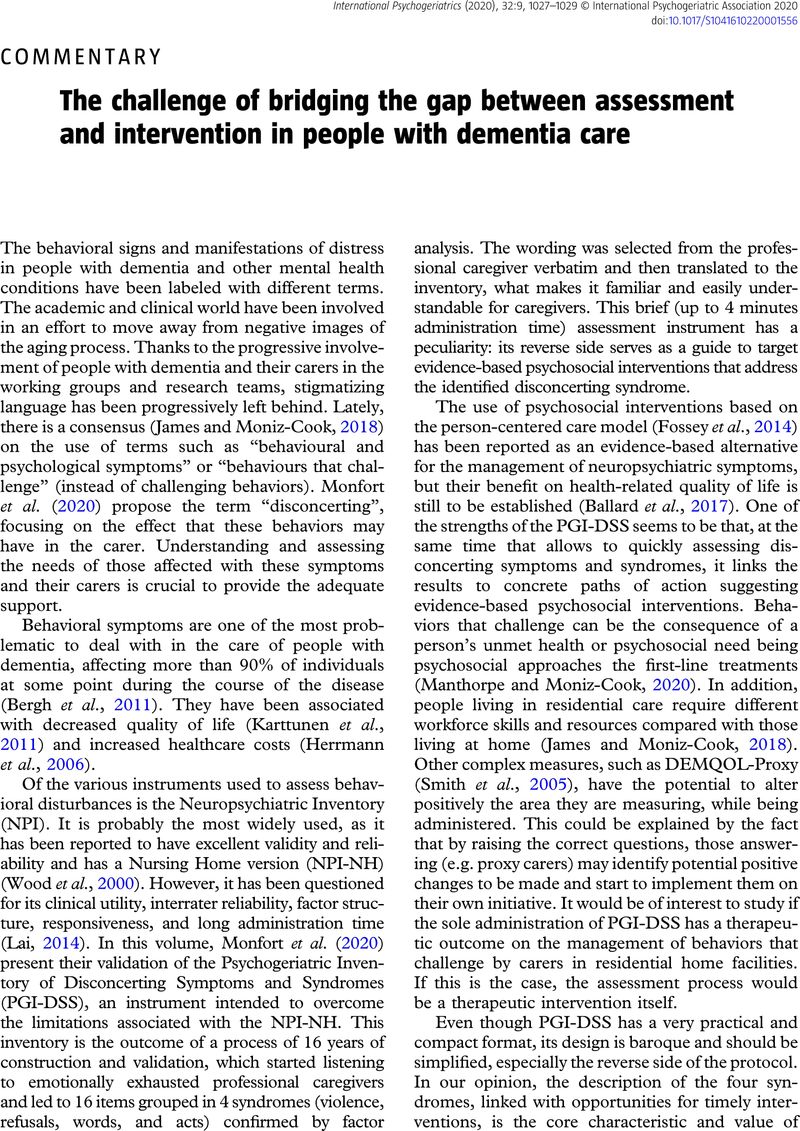Manthorpe, J. and
Moniz-Cook, E. (
2020).
Timely support for people with dementia: new agendas and challenges. In: J. Manthorpe and E. Moniz-Cook (Eds.),
Timely Psychosocial Interventions in Dementia Care: Evidence-Based Practice (pp.
9–
28).
London:
Jessica Kingsley PublishersGoogle Scholar 